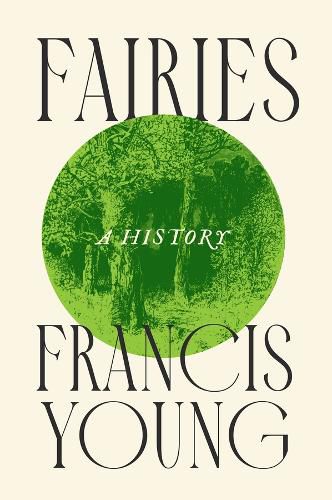Readings Newsletter
Become a Readings Member to make your shopping experience even easier.
Sign in or sign up for free!
You’re not far away from qualifying for FREE standard shipping within Australia
You’ve qualified for FREE standard shipping within Australia
The cart is loading…






Many people think they know what fairies are, what a fairy looks like, and how a fairy is expected to behave. Francis Young's new history of fairies demonstrates that the truth about belief in fairies is far stranger than cliched images of tiny figures with wings and wands.
Before the rise of the 'small winged fairy' in the 19th century, the category of fairies included a vast range of supernatural human-like creatures, from the elves of Scandinavia and the aos si of Ireland to the vilas of the Balkans and the fadas of Iberia. Young traces the ancient origins of belief in such creatures and how it adapted to the rise of Christianity and then flourished in medieval Europe, before being transformed - but not destroyed - by the upheavals of the Reformation, the Enlightenment, and even European colonial expansion, which made fairies a global phenomenon. He concludes this uniquely wide-ranging history by reflecting on the surprising ways in which fairy belief endures in our apparently disenchanted contemporary world.
No one who reads this brilliant tour through the enchanted pathways of fairyland will ever look at the winged creatures of contemporary popular culture - or the woods at the end of their garden - in the same way again.
$9.00 standard shipping within Australia
FREE standard shipping within Australia for orders over $100.00
Express & International shipping calculated at checkout
Many people think they know what fairies are, what a fairy looks like, and how a fairy is expected to behave. Francis Young's new history of fairies demonstrates that the truth about belief in fairies is far stranger than cliched images of tiny figures with wings and wands.
Before the rise of the 'small winged fairy' in the 19th century, the category of fairies included a vast range of supernatural human-like creatures, from the elves of Scandinavia and the aos si of Ireland to the vilas of the Balkans and the fadas of Iberia. Young traces the ancient origins of belief in such creatures and how it adapted to the rise of Christianity and then flourished in medieval Europe, before being transformed - but not destroyed - by the upheavals of the Reformation, the Enlightenment, and even European colonial expansion, which made fairies a global phenomenon. He concludes this uniquely wide-ranging history by reflecting on the surprising ways in which fairy belief endures in our apparently disenchanted contemporary world.
No one who reads this brilliant tour through the enchanted pathways of fairyland will ever look at the winged creatures of contemporary popular culture - or the woods at the end of their garden - in the same way again.